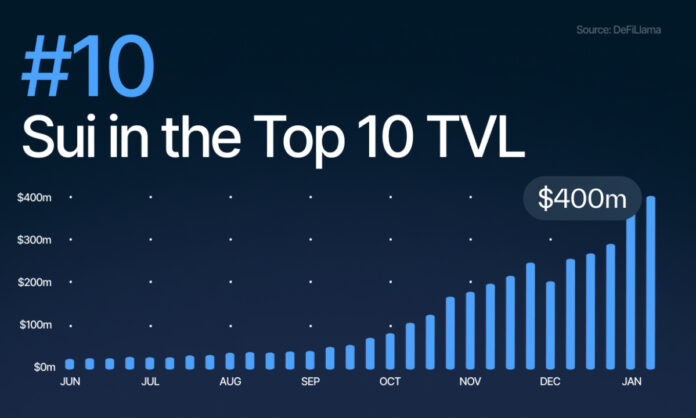Enterprise organizations are increasingly adopting a multicloud approach to optimize performance, control costs, and avoid vendor lock-in. According to Gartner, worldwide spending on public cloud services is expected to grow by 20.4% to reach $678.8 billion in 2024. Multicloud architecture allows businesses to choose the best cloud products and services to meet their needs and accelerates innovation with technologies like generative AI and machine learning.
Multicloud architecture involves using cloud services from multiple cloud vendors, such as AWS, Google Cloud, IBM Cloud, or Microsoft Azure, within the same IT infrastructure. It can range from a simple scenario of using two different cloud providers for Software-as-a-Service (SaaS) to a more complex setup where different cloud providers are used for different purposes, such as data storage, application development, and backup.
In addition to SaaS, enterprise organizations rely on cloud service providers for Platform-as-a-service (PaaS) and Infrastructure-as-a-service (IaaS) models. PaaS provides the necessary hardware, software, and infrastructure for developing and managing applications, while IaaS delivers compute, network, and storage resources on-demand.
A multicloud environment is often combined with a hybrid cloud approach, which integrates public cloud, private cloud, and on-premises infrastructure. This creates a flexible IT infrastructure that supports the interoperability and portability of workloads across multiple clouds.
However, running multiple clouds and services from different vendors comes with challenges. These challenges include cloud sprawl, where uncontrolled growth of cloud services leads to excess expenses and overprovisioning, creating data silos that hinder collaboration and data analytics, security risks associated with fragmented security controls, and uncontrolled costs due to difficulties in tracking pricing structures and overlooked fees.
To create a successful multicloud strategy, organizations should define their goals, select the best cloud service providers, create a single pane of glass for centralized visibility, leverage automation tools to reduce manual tasks and save on computing resources, implement a zero-trust security approach to manage threats, integrate compliance and regulatory requirements, and establish a governance framework to monitor and optimize multicloud environments.
Source link






















